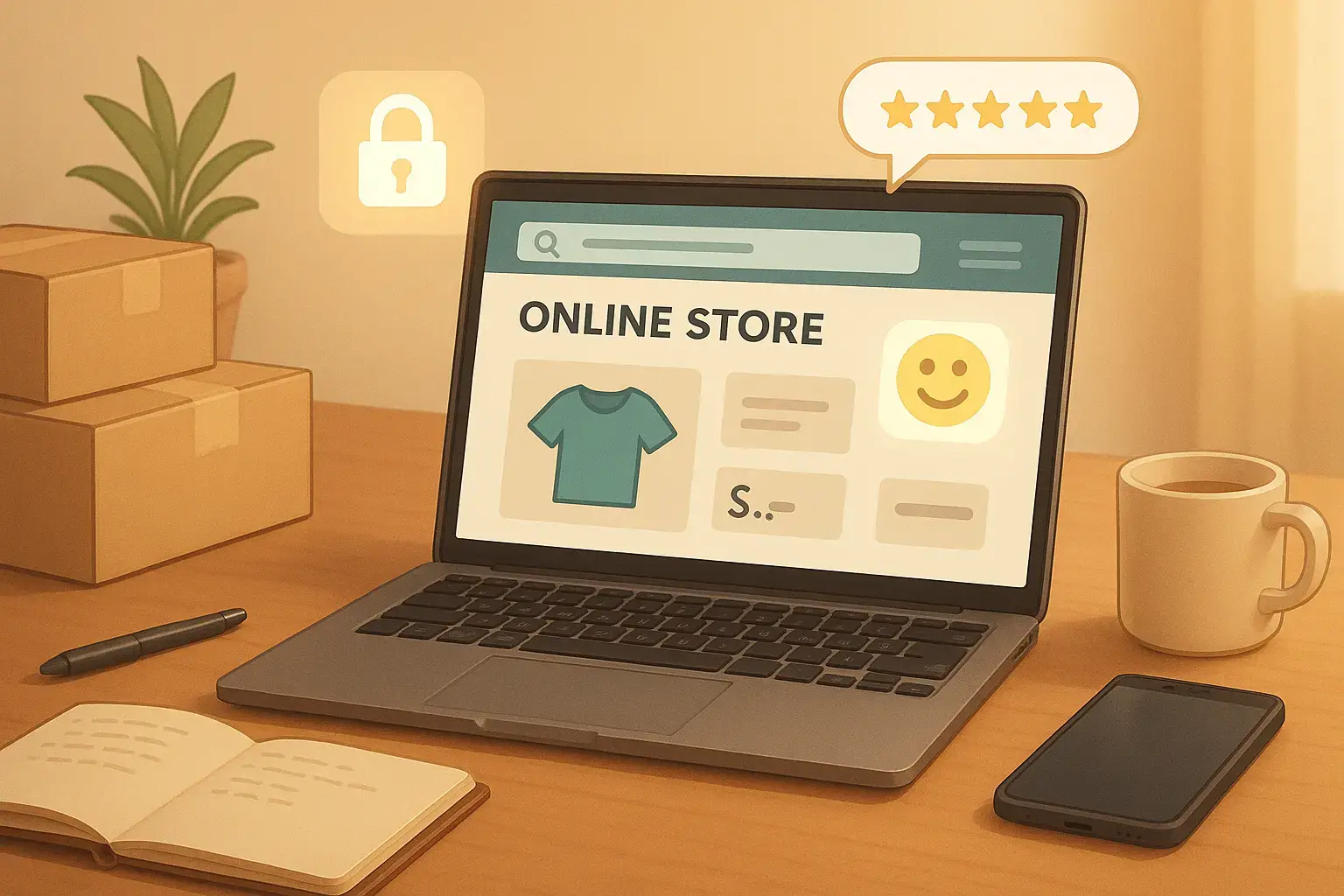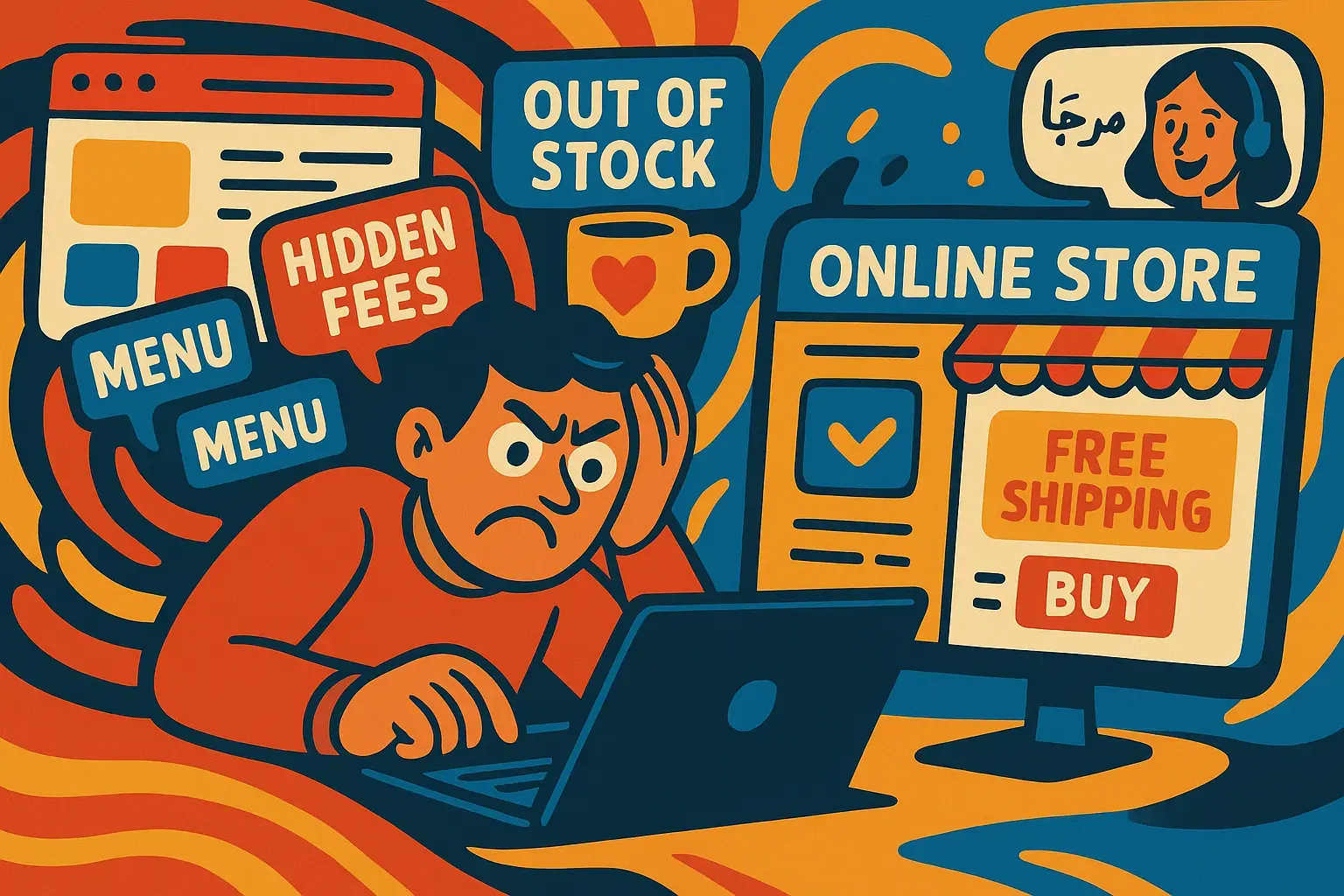Why a Simple E-commerce Dashboard Matters
E-commerce business owners often log in to their dashboards expecting a quick overview but instead face dozens of widgets, cryptic metrics, and nested menus. Without clear access to key data—such as yesterday’s sales figures or low-stock alerts—they end up wasting valuable time hunting for information rather than refining product images or planning marketing campaigns. That confusion makes it plain: a user-friendly dashboard isn’t optional—it’s essential for maintaining momentum and making informed decisions swiftly.
First Impressions Set the Tone
Imagine walking into a brick-and-mortar shop where everything is jumbled: the welcome sign buried behind plants, the cash register hidden in a back corner, and price tags scrawled in pencil. You’d turn around and leave, right? Your dashboard is the front door of your digital store. A clean layout shows you today’s sales, top sellers, and low-stock alerts at a glance—no hunting required. When new data greets you with clear labels and color-coded indicators, you start your day with confidence instead of coffee-fueled dread.
Real-Time Insights Keep You Ahead
I recently spoke with a small boutique that discovered an abandoned-cart spike within minutes of a new theme update. Thanks to its user-friendly dashboard, the owner saw a notification—“20% drop in checkout completion on mobile”—and rolled back the change before customers started complaining. Real-time insights like these turn emergencies into quick fixes. You detect the error, rectify it, and return to expanding your business rather than scrambling to troubleshoot long after the damage has been done.
Tailored Views for Every Role
Not everyone on your team needs the same data. When Tamika logs in as customer support lead, she wants to see pending tickets and shipment delays. Rafael's primary concerns as a marketing manager are click-through rates and return on investment for ad spending. An excellent dashboard allows each user to pin the widgets they need while hiding the others. The one-size-fits-all chaos that comes when people refuse to accept what they genuinely want will come to a stop, and everyone will take control.
Preventing Costly Mistakes
One cosmetics brand I know unintentionally ran a sitewide 50% off offer since the "Activate Discount" button was two menus deep. The CEO woke up to thousands of unintended orders and a glaring red balance sheet. A user-friendly design would have placed the switch prominently, with a clear warning: "You're about to discount every item—proceed?" Simple design choices like that prevent tiny slips from snowballing into major losses.
Faster Onboarding and Team Growth
As your company grows, you will hire individuals who are unfamiliar with your platform. In one home-goods firm, the previous dashboard needed three days of one-on-one training for each new employee. They switched to a more intuitive system, and new team members were pulling daily sales reports on their second day—without a manual. That freed managers to focus on strategy instead of tutorials and gave new hires immediate wins that boosted their confidence.
Fueling Smarter Experiments
A dashboard that makes data actionable encourages experimentation. Imagine seeing a note beside your lowest-selling product: “Try adding a video—click here to A/B test.” Or spotting that email open rates spike on Thursdays, prompting you to schedule your next campaign on that day. When insights live front and center, you’re more likely to run quick tests—small bets that often lead to big returns.
Keeping the Focus on Growth
Nobody starts an e-commerce shop because they love tinkering with software. They start because they have a vision: beautiful jewelry, unique apparel, or artisanal goods that delight customers. A user-friendly dashboard serves that vision. By surfacing just the metrics you need, it frees you to concentrate on design, branding, and customer relationships—the parts of your business that actually move the needle.
Final Thought
A dashboard isn’t just a collection of graphs; it’s your e-commerce command center. It signals trouble before it erupts, highlights your best opportunities, and gives every team member exactly what they need. When Carlos finally switched to a platform with a straightforward, jargon-free dashboard, he reclaimed those lost hours. He now starts each morning with a clear picture of his store’s health—and spends the rest of the day on tasks that grow his brand, not on wrestling with software. In the fast-moving world of online retail, an intuitive dashboard isn’t a bonus—it’s a necessity.







